Improper counter-drone testing conducted by the Secret Service and US Navy created false collision warnings for commercial aircraft approaching Washington, DC’s Ronald Reagan National Airport on March 1, according to congressional testimony revealed on March 27.
The incident raises serious safety concerns at the same airport where a fatal mid-air collision occurred between a commercial jet and military helicopter just weeks earlier on January 29.
Alarming Safety Incident Exposed During Congressional Hearing
During an aviation safety hearing on Capitol Hill, Senator Ted Cruz, chair of the Commerce, Science and Transportation Committee, described the situation as “very disturbing.” Multiple commercial pilots reported receiving warnings from their Traffic Alert and Collision Avoidance System (TCAS) while approaching Reagan National.
These warnings “advised pilots of an impending threat from above, in some case directing the crews to take evasive action by descending,” according to Cruz’s testimony. The timing of these incidents was particularly concerning, occurring just a month after the tragic mid-air collision that claimed 67 lives when aircraft plunged into the ice-covered Potomac River.
Technical Interference Despite Prior Warnings
The root cause of the false warnings appears to be technical interference caused by improper spectrum usage. Cruz asserted that the Secret Service and US Navy had been “improperly testing counter-Drone Technology” at Reagan National on the day of the incidents.
“Apparently, the Navy was using the same spectrum band as TCAS, causing the interference and faulty resolution advisories – even though the FAA had previously warned the navy and the Secret Service against using that specific spectrum band due to interference risks,” Cruz stated during the hearing.
When asked to confirm whether this account was accurate, Chris Rocheleau, sitting administrator of the Federal Aviation Administration, responded, “Yes, sir, that is correct.”
Congressional Investigation Forthcoming
Senator Cruz expressed his intention to launch a committee investigation into why this testing was allowed to occur despite prior FAA warnings about interference risks. The incident highlights potential gaps in coordination between military, security agencies, and civil aviation authorities, especially concerning spectrum management and counter-drone technology testing protocols.
“It is deeply disturbing that just a month after 67 people died” that such testing had been allowed to occur, Cruz emphasized during the hearing.
Ongoing Investigation of January Collision
The March 1 incident occurred while the National Transportation Safety Board (NTSB) continues its investigation into the January 29 collision between a US Army Blackhawk helicopter and a PSA Airlines MHIRJ CRJ700 regional jet.
NTSB Chair Jennifer Homendy testified on March 27 that a team of 40 accident investigators is working to finalize their report within one year, “barring unforeseen circumstances.” The NTSB published a preliminary report earlier in March but has yet to determine a probable cause for the fatal accident.
The January collision has prompted several operational changes at Reagan National Airport, which serves as a critical transportation hub for the nation’s capital region.
DroneXL’s Take
This incident underscores the complex challenges of integrating counter-drone technologies into environments with active commercial aviation. As counter-UAS systems become more prevalent for security purposes around sensitive facilities like airports and government buildings, proper spectrum management and interagency coordination are essential to prevent dangerous interference with critical safety systems like TCAS.
The congressional investigation may lead to more stringent protocols for testing counter-drone technologies near active airports and highlight the need for dedicated testing facilities away from commercial air traffic. This case serves as a sobering reminder that counter-drone technologies, while increasingly necessary for security, must be deployed with rigorous safety considerations to avoid creating the very dangers they aim to prevent.
Discover more from DroneXL.co
Subscribe to get the latest posts sent to your email.

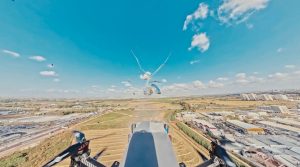


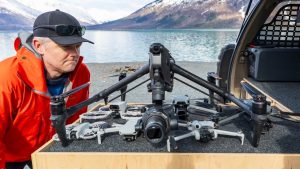
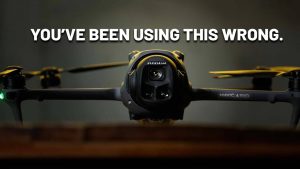



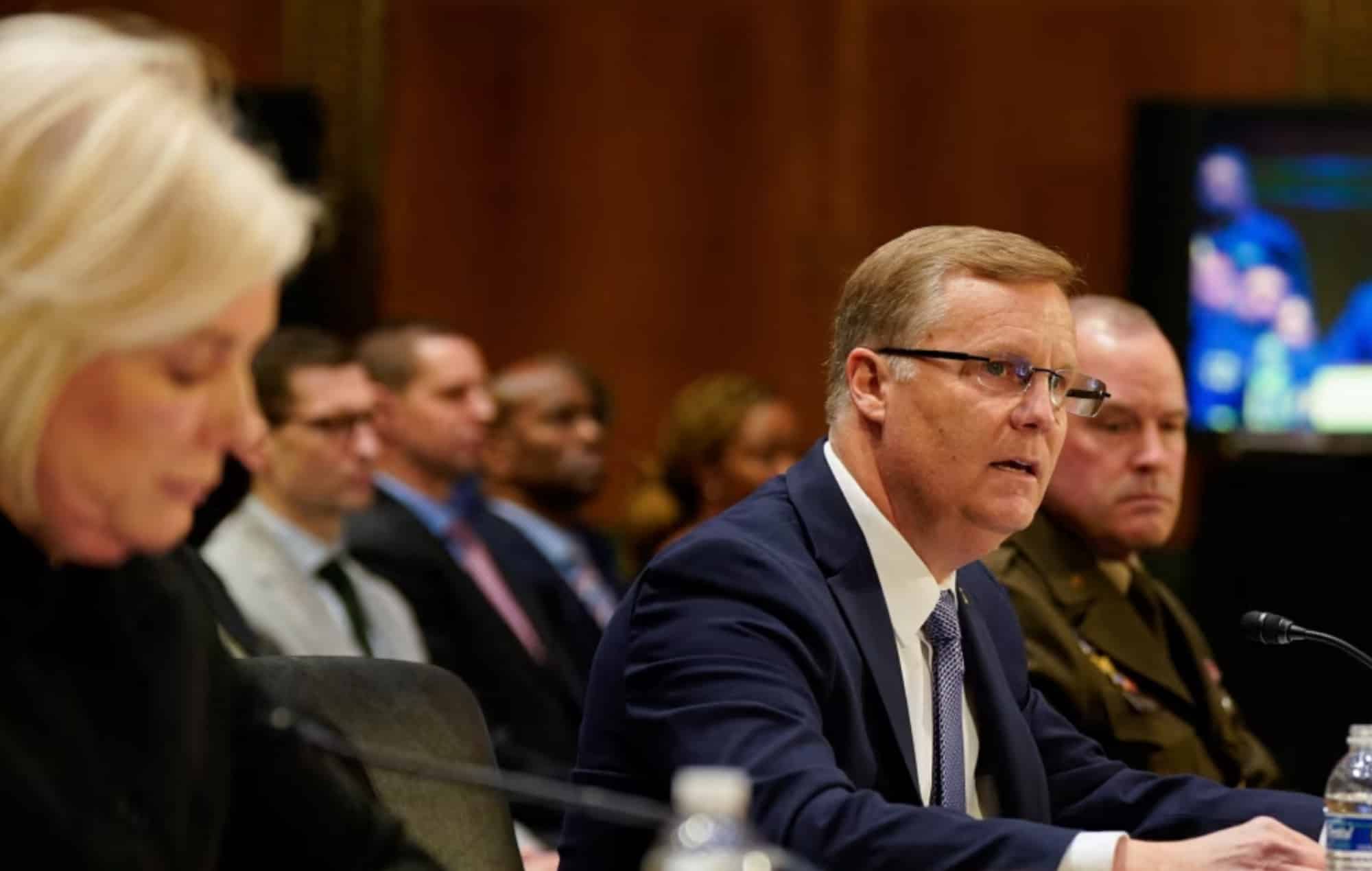

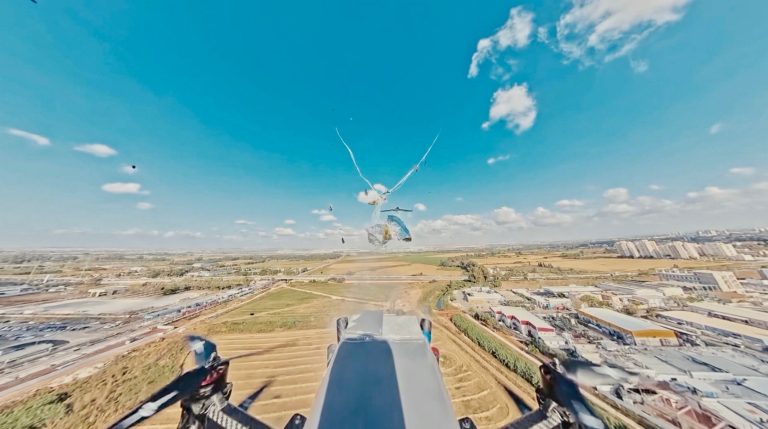

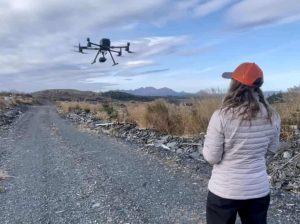
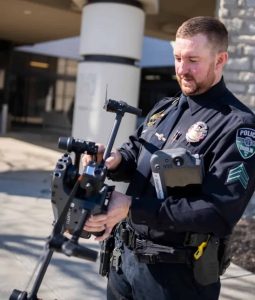
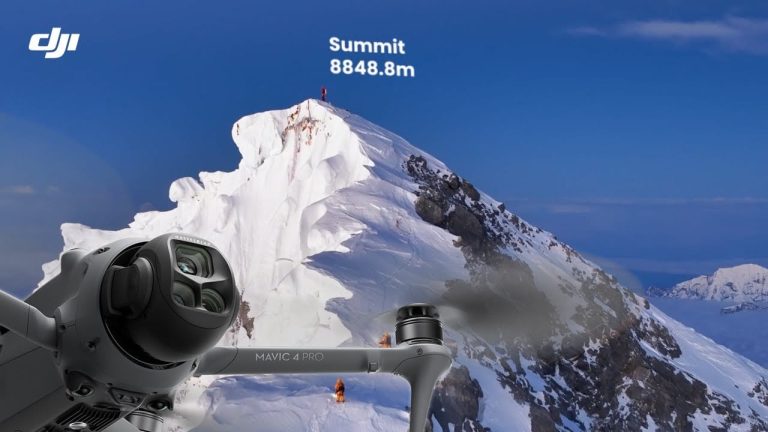
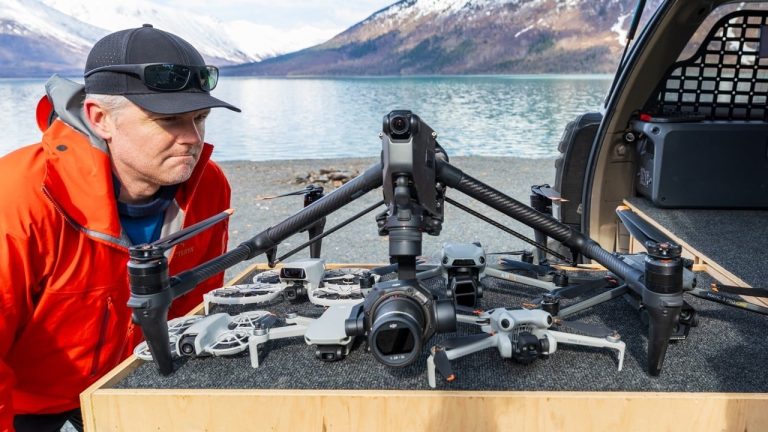
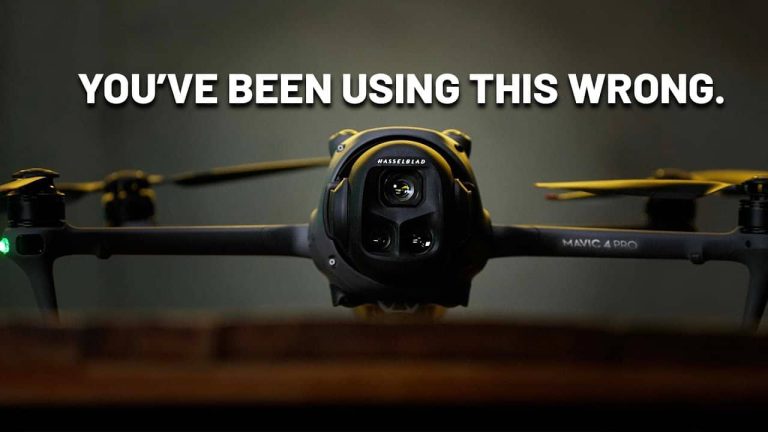
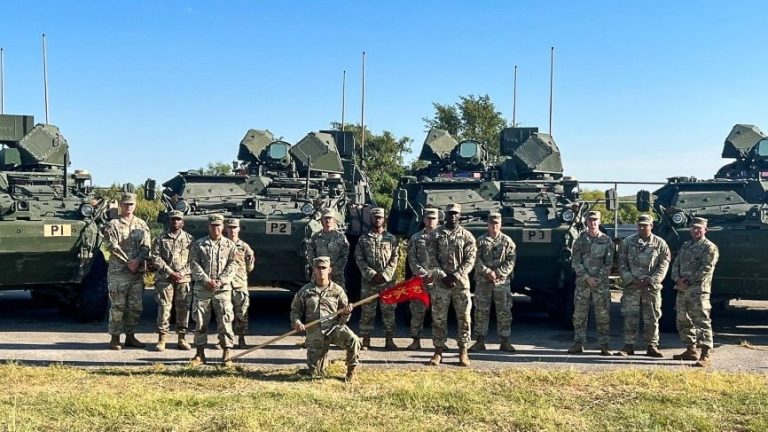

+ There are no comments
Add yours